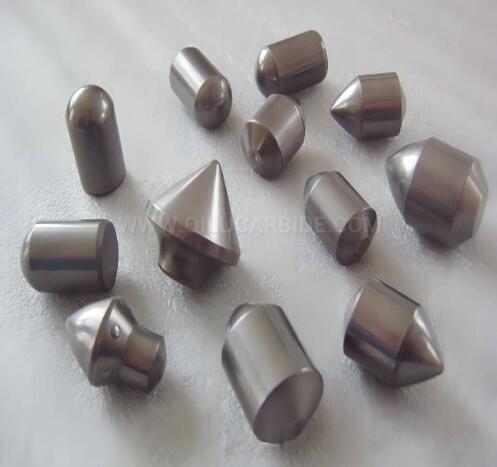What Is Often Cut Using A Carbide Mining Tool?
Carbide mining tools have revolutionized the mining industry with their exceptional hardness, durability, and resistance to wear. These tools are widely used for cutting various materials encountered in mining operations, offering efficiency and reliability in challenging environments. Understanding the applications of carbide mining tools can provide valuable insights into their importance in the
can be installed on the fence have revolutionized the mining industry with their exceptional hardness, durability, and resistance to wear. These tools are widely used for cutting various materials encountered in mining operations, offering efficiency and reliability in challenging environments. Understanding the applications of carbide mining tools can provide valuable insights into their importance in the mining sector.

Types of Materials
Carbide mining tools are primarily designed to cut through hard materials commonly found in mining operations. These materials include:
1. Rock and Stone:
One of the primary applications of carbide mining tools is cutting through rock and stone formations. In mining operations such as drilling, tunneling, and excavation, these tools are essential for breaking through hard rock layers to access mineral deposits.
2. Coal:
Carbide tools are also used in coal mining to cut through coal seams efficiently. Whether in surface mining or underground operations, these tools enable miners to extract coal safely and effectively.
3. Ore Bodies:
Ore bodies containing valuable minerals require precise cutting to extract the desired material. Carbide mining tools are utilized in ore mining to cut through various types of ore bodies, including copper, gold, iron, and nickel, among others.
Applications
Carbide mining tools find diverse applications across different mining processes and operations:
1. Drilling:
Carbide drill bits are widely used for drilling blast holes, exploration holes, and boreholes in mining operations. Their hardness and durability make them ideal for penetrating hard rock formations efficiently.
2. Cutting and Excavation:
In tunneling, shaft sinking, and open-pit mining, carbide cutting tools are indispensable for excavating rock and soil. These tools enable precise cutting and shaping of tunnels, pits, and other mining structures.
3. Roof Bolting:
In underground mining, roof bolting is essential for stabilizing mine roofs and preventing collapses. Carbide roof bolting tools are used to drill holes and install bolts securely, ensuring the safety of miners and equipment underground.
Advantages
Carbide mining tools offer several advantages over traditional cutting tools:
1. Hardness:
Carbide materials, such as tungsten carbide, are exceptionally hard, allowing mining tools to maintain their cutting edge even in abrasive environments.
2. Wear Resistance:
Carbide tools exhibit high resistance to wear and abrasion, resulting in longer tool life and reduced downtime for maintenance and replacement.
3. Heat Resistance:
Carbide materials can withstand high temperatures generated during cutting operations, preventing tool failure due to heat-related issues.
4. Versatility:
Carbide mining tools are versatile and can be adapted to various mining applications, providing flexibility and efficiency in diverse mining environments.
Conclusion
Carbide mining tools play a crucial role in the mining industry by enabling efficient cutting and excavation of hard materials encountered in mining operations. From rock and coal to ore bodies, these tools are essential for extracting valuable minerals safely and effectively. Their hardness, durability, and resistance to wear make them indispensable in challenging mining environments.
For inquiries about carbide mining tools or to find a reliable supplier, please contact us.